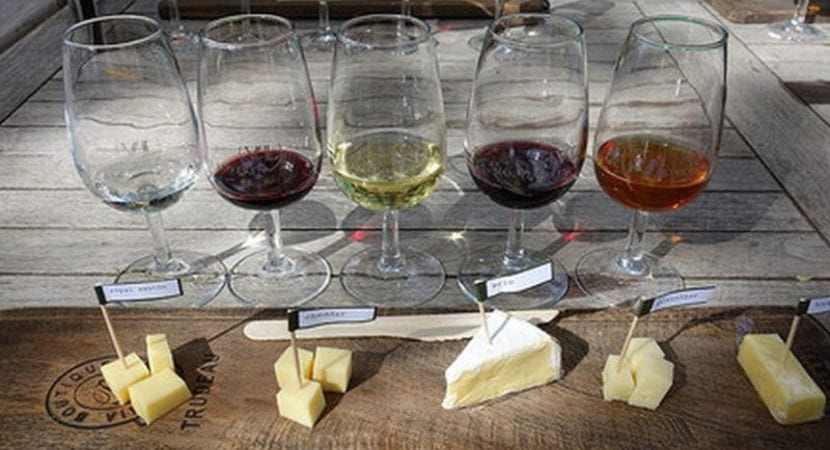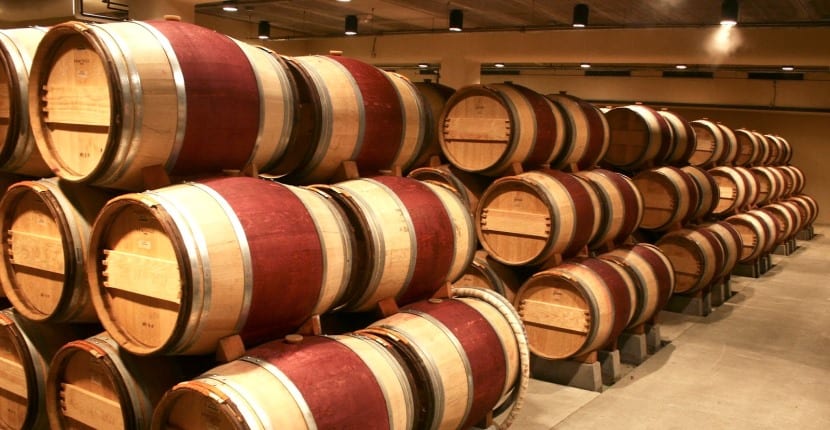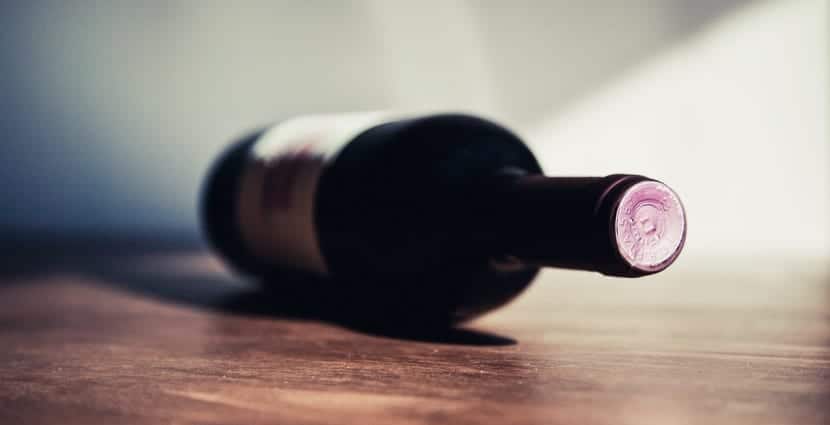
Surely in the occasional dinner or lunch, due to some reasons or others, in the end you have ended up drinking that wine that you like so much during the event and, without prior notice, although it may have happened on another occasion, it has begun to head ache. We are not talking about it hurting due to excess, but after a couple of drinks, nothing more, that is, that your head hurts from the wine still drinking in moderation.
As stated in the paper published by a group of researchers made up of staff from both the Polytechnic University of Madrid and the University of Valencia, this new wine will not cause you that headache or health problems that can lead to 'to give you'the night thanks to the fact that it does not contain a hormone known by the name of Histamine, the main cause of this unfortunate malaise.

Thanks to this wine without histamine, you will get rid of the headache
Before continuing, as it says at the beginning of this same post, tell you again that we are not talking much less about the headache that mortifies us on another day because we have exceeded enough consuming alcoholic beverages the night before, but rather to something completely different such as the headache or discomfort that many people begin to suffer immediately after having a glass or two of wine.
This discomfort, as explained by this team of Spanish researchers, has its explanation and is none other than the chemical and biological elements that wine has and that have been produced during the fermentation processes of the same through which it must pass before reaching our table. These fermentation processes cause an adverse reaction in intolerant people and even other types of conditions such as migraine and even produce allergic reactions such as bloating or diarrhea.

Histamine is the main reason for this headache and general ill feeling
Precisely the main reason why all this happens is due to the presence in the wine of a hormone known by the name of Histamine, which acts as a powerful dilator of both blood vessels and capillaries in our body being, in turn, involved in the local responses of our immune system.
In order to detect that this was the hormone that caused this disease when consuming wine, many teams of researchers have had to study for years many cases of people who, drinking in moderation, suffered from this discomfort. As a detail, tell you that, as has been announced, it is more and more frequent that this can happen to you Since wine, in recent years, has increased its histamine content due to various phenomena associated with climate change, including, for example, the increase in pH and the decrease in the acidity of the wines.

A team of Spanish scientists has managed to solve the problem of histamine in wine
Once we have come to the conclusion of the problems that histamine can cause us, a team of Spanish researchers, after numerous tests and trials, has managed to select a series of microorganisms from the vineyards of the Pago de Carraovejas winery that are unable to produce this hormone while, in turn, prevent the growth of microorganisms that are histamine producers, so a wine is achieved without this problematic hormone.
At the moment work is still being done to achieve that this type of microorganism can reach a commercial level and especially in the development of a work methodology through which any type of winery can carry out this type of fermentation of its wines without finally containing histamine.
Further information: Sinc Agency
Dear Sirs,
In relation to the news spread in your environment about the production in the Pago de Carraovejas winery of wines with low histamine content, and for the sake of truth and the dissemination of correct information, we will comment on the following.
The aforementioned work is part of a contract established between Pago de Carraovejas, SA and the Enolab group of the Universitat de València, without any intervention or participation of any group or person from the Polytechnic University of Madrid.
It has been the Enolab group, especially Doctors Carmen Berbegal, Isabel Pardo and Sergi Ferrer, who have carried out the isolation, characterization, and selection of the malolactic bacteria that appears in their news, among others that arose in the project. Among other facts that we are not going to go into in detail, the necessary methodology was established to determine that the selected bacterium was incapable of producing histamine, contrary to what happens with other indigenous bacteria isolated in the same winery. Also at Enolab, the culture medium, the growth conditions, and the scaling process for the production of the bacteria have been designed. In the same way, also at Enolab, the genetic tools have been developed and implemented to monitor the bacterial strains responsible for malolactic fermentation. And the monitoring and quantification of the biogenic amines, including histamine, produced in the paid wines of Carraovejas, SA has also been carried out.
As a result of the aforementioned work, since 2013 information regarding the results obtained by attending and disseminating national and international congresses, book chapters, or research articles has been published, among which is the one you cite and has led to this news (see bibliography below). The participation of Dr. Eva Navascués, although she has the affiliation of Associate Professor of the Department of Chemistry and Food Technology of the Higher Technical School of Agronomic, Food and Biosystems Engineering of the Polytechnic University of Madrid, has never taken place or place in the UPM, but in the private company. All research works have been developed in and by Enolab.
Apart from other inaccuracies in your news that we are not going to mention, we would like to recognize the effort and real authorship of the people and entities that have participated.
A atento saludo,
Carmen Berbegal, Isabel Pardo and Sergi Ferrer
Bibliography
Carmen Berbegal; Yaiza Benavent-Gil; Isabel Pardo; Eduardo Izcara; Eva Navascués; Sergi Ferrer. 2013. Indigenous O. oeni strain selection as a malolactic fermentation starter culture to avoid the histamine production in wine. Enoforum 2013. Arezzo, Italy.
C. Berbegal, Y. Benavent-Gil, I. Pardo; E. Izcara; E. Navascues, S. Ferrer. 2013. Production of a malolactic fermentation starter culture using autochthonous O. oeni strains to reduce the histamine content in red wine. V International Conference on Environmental, Industrial and Applied Microbiology. BiomicroWorld 2013. Madrid, Spain.
C. Berbegal; Y. Benavent-Gil; I. Pardo; S. Ferrer. 2014. RAPD typing: A useful tool for selection and implantation analysis of an O. oeni starter non-histamine producer in wine. ECCO XXXIII - Molecular Taxonomy from biodiversity to biotechnology. Valencia, Spain.
C. Berbegal; Y. Benavent-Gil; I. Pardo; E. Izcara; E. Navascués; S. Ferrer. 2014. Production of a malolactic fermentation starter culture using autochthonous O. oeni strains to reduce the histamine content in red wine. In 'Industrial, medical and environmental applications of microorganisms. Current status and trends'. pp. 369 - 374. Wageningen Academic Publishers, PO Box 220, NL-6700 AE Wageningen, The Netherlands, 2014. ISBN 978-90-8686-795-0
Carmen Berbegal; Yaiza Benavent-Gil; Eva Navascués; Almudena Calvo; Clara Albors; Isabel Pardo; Sergi Ferrer. 2017. Lowering histamine formation in a red Ribera del Duero wine (Spain) by using an indigenous O. oeni strain as a malolactic starter. International Journal of Food Microbiology. 244: 11-18.